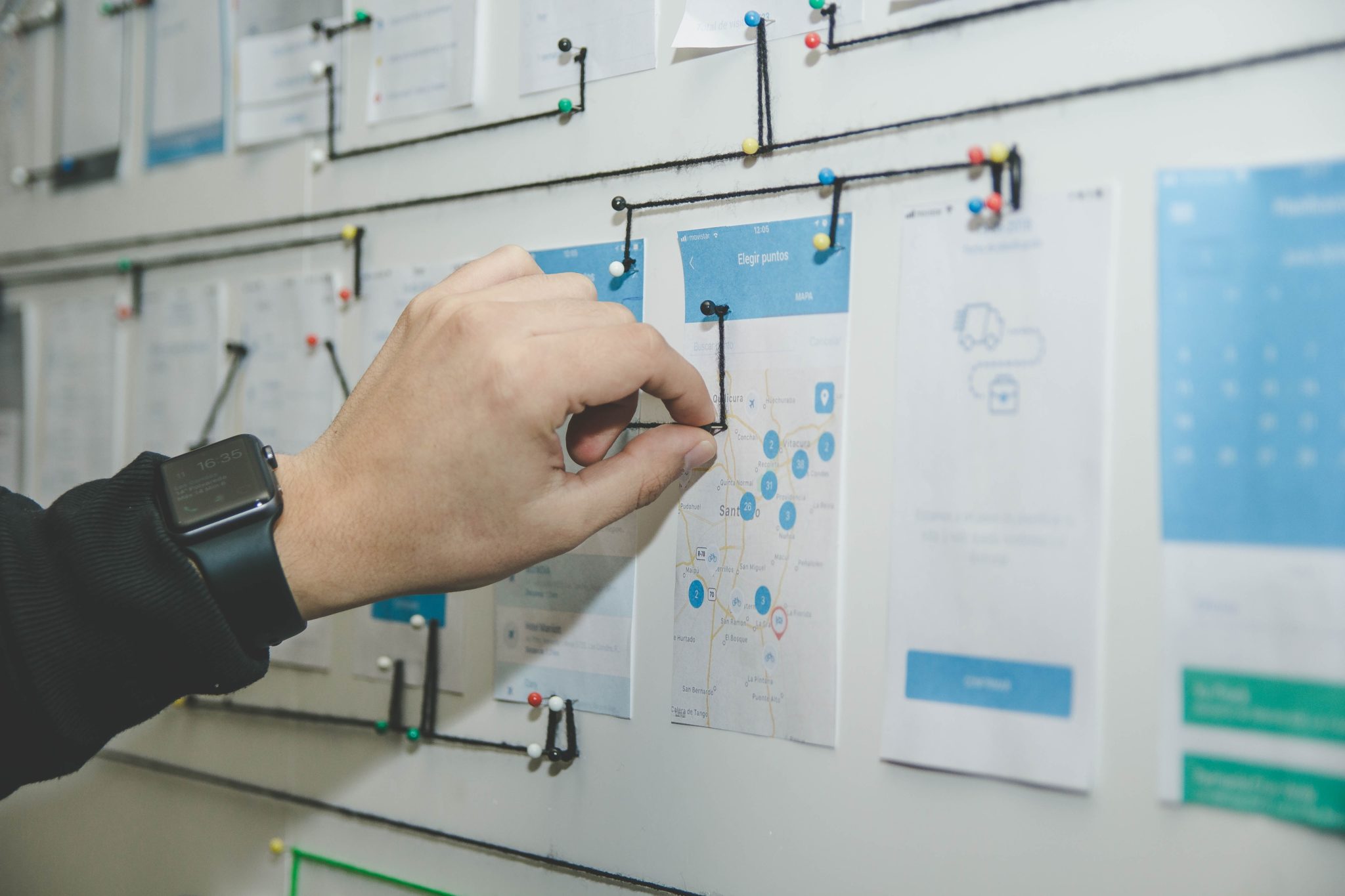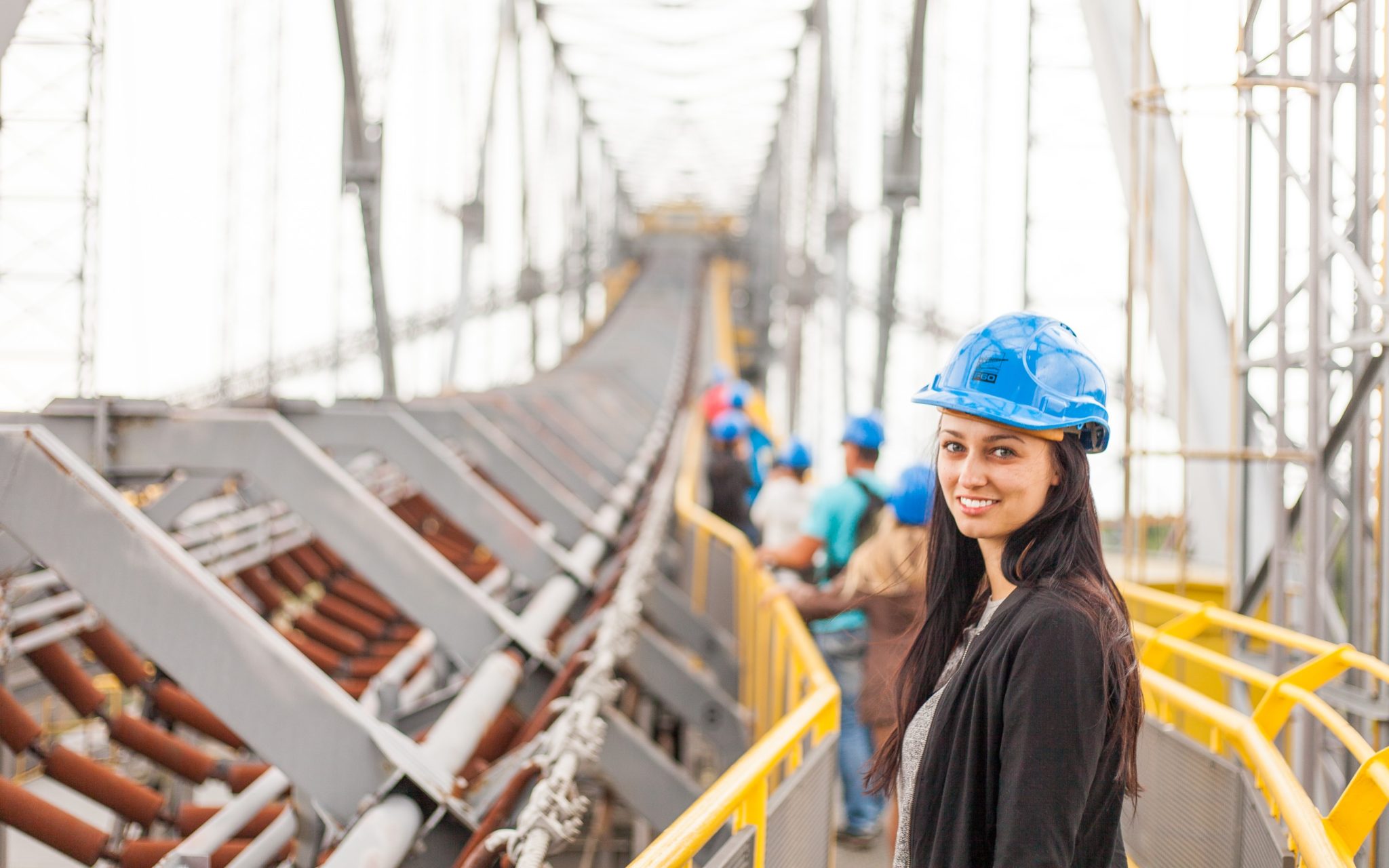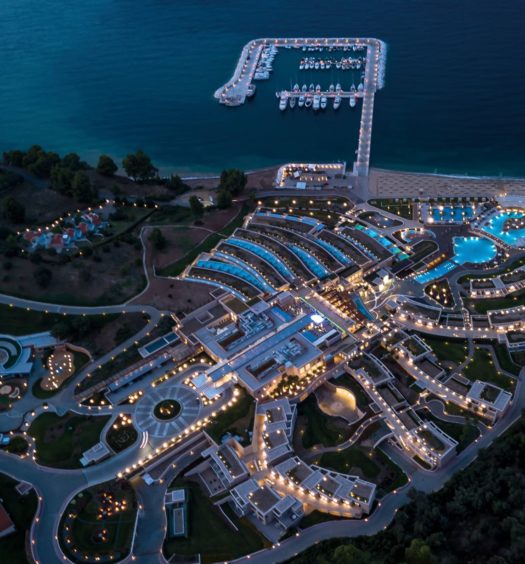The construction of a new hotel accommodation is a challenging process for all parties involved and definitely requires a great deal of experience in organizing and executing the entire Project.
6 mins readAny Individual, who wishes to create a new hotel accommodation, may not have the necessary know-how or experience to manage the Project. Running a task like this, without the help of Experts, carries serious risks of wasting money, time and personal energy.
The involvement of Experts, while maintaining a centralized Project Management, are the tools that can ensure any Individual a successful outcome of the new product. All of the above are an integral part of “Project Management”, which must be applied to all projects, regardless of their scale, so that they can be operational, completed on time and within budget.
Τhe 5 Basic Project Management Steps, that are required for the construction of a new accommodation.
In a highly competitive market, where new accommodations are constantly being added, working closely with the right professionals is what can create a highly functional and efficient new product.
Step 1: Feasibility Study, Business Case, Concept

Preparing a feasibility study is the first step in Project Management. This study not only reveals whether the new accommodation will be a viable investment for the Individual, but also examines the market needs, the competition, and style of the accommodation (Concept, Hotel Type, Audience) as a new product. It is common in the marketplace for many investors to make decisions based on their personal criteria, without taking into account market signals and demand trends, thus creating a non-competitive product. Finally, through the feasibility study, the necessary budget, as well as the potential revenue level and depreciation rate (ROI), are calculated, in order to decide whether or not to implement the Project.
For a successful project outcome, you need to ensure that the scope of the project is well defined, including the roles and responsibilities of the various project team members. Develop the plan and make sure the key elements’ goals are clear and well organized.
Step 2: Design & Licensing

Once the investment is decided on, the next step is to carry out all required studies and issue the relevant building permits. Effective coordination is needed in order to ensure that the final implementation plans incorporate all stakeholders’ requirements, and in particular those of the hotel staff, so that they are most efficient. A design process, that does not involve managers of all departments, risks creating a very beautiful but non-functional, for the employees, result. This phase also defines the project’s timetable and cash-flow, to ensure that it will not be delayed at any stage by lack of resources.
Step 3: Contractor(s) Selection

After conducting all necessary studies as well as defining the budget and timetable, the next step is to select the Contractor(s) and draw up the relevant contract. Choosing the right Contractor or Contractors is one of the most crucial factors of project management, as each project can be executed either by a single Contractor or by several ones.
Choosing a “global” Contractor makes project management easier, as it requires only one-part coordination, however, it creates monopoly conditions, that can lead to relatively high construction costs. The selection of individual contractors gives a multitude of options as well as the potential for cost savings, however, it creates conditions for future delays and transfer of responsibilities between contractors. Therefore, project management becomes more demanding, as coordination of all parties is considered necessary.
Every individual has the opportunity to choose the best possible solution for them, knowing that either in the first or second case, Contractors should not be selected on the sole criterion of price.
Particular attention should be paid to projects performed by the contractor in the past, as it is very important, that they have completed similar tasks, which were on schedule and budget, keeping also the desired construction quality limits.
Step 4: Construction and Quality Control

After selecting the Contractors and signing the relevant contracts, the next step is to start the Project. The main concern during the construction phase is strict adherence to the timetable and budget. Any deviation from the design should be immediately reported and appropriate measures, as defined in the contract, must be brought in place, so that the work can be restored. The process of “change requests” should be meticulously maintained by the Management Team, in order to avoid “claims” on the part of the Contractor.
Regular inspections are carried out during construction and in accordance with the needs of the Project, to ensure that all quality requirements are met and to provide the necessary guidance, where design changes are required. At the same time, progress reports must be compiled, to keep all parties informed.
Step 5: Project Delivery and Closure

The last essential step for the Project’s closure, after the completion of the construction, is the compilation of the Project File, which will include all necessary information about the construction as well as all technical specifications and equipment manuals, that must be delivered to the owner.
Completing the construction, all parts of the hotel (e.g. rooms, lobby, kitchen, reception, IT, etc.) are being furnished with all the required equipment. Staff at this time should be given the necessary time, to familiarize themselves with the property prior to opening. A very good tactic is that of soft opening. This means that the facility begins operating with controlled visitors, thus giving staff the opportunity to smoothly acclimatize and detect any defects or system errors, which could not be identified during construction.
During this stage, the mandatory for every accommodation type, maintenance plan is defined, which will keep it functional and attractive to both customers and staff for years to come. Therefore, it is utterly essential to have a well-organized maintenance plan in place, for even better troubleshooting in the future.
Conclusion
To sum up, it is easily understood, that the contribution of a Project Manager, who can follow and execute all of the above steps, is most helpful, in order to deliver a successful Project to the Investor. Otherwise, it is almost certain that the outcome will not be the desired one. This almost always translates to a loss of money, time delays and/or loss of personal energy, that could have been invested in more efficient tasks.






